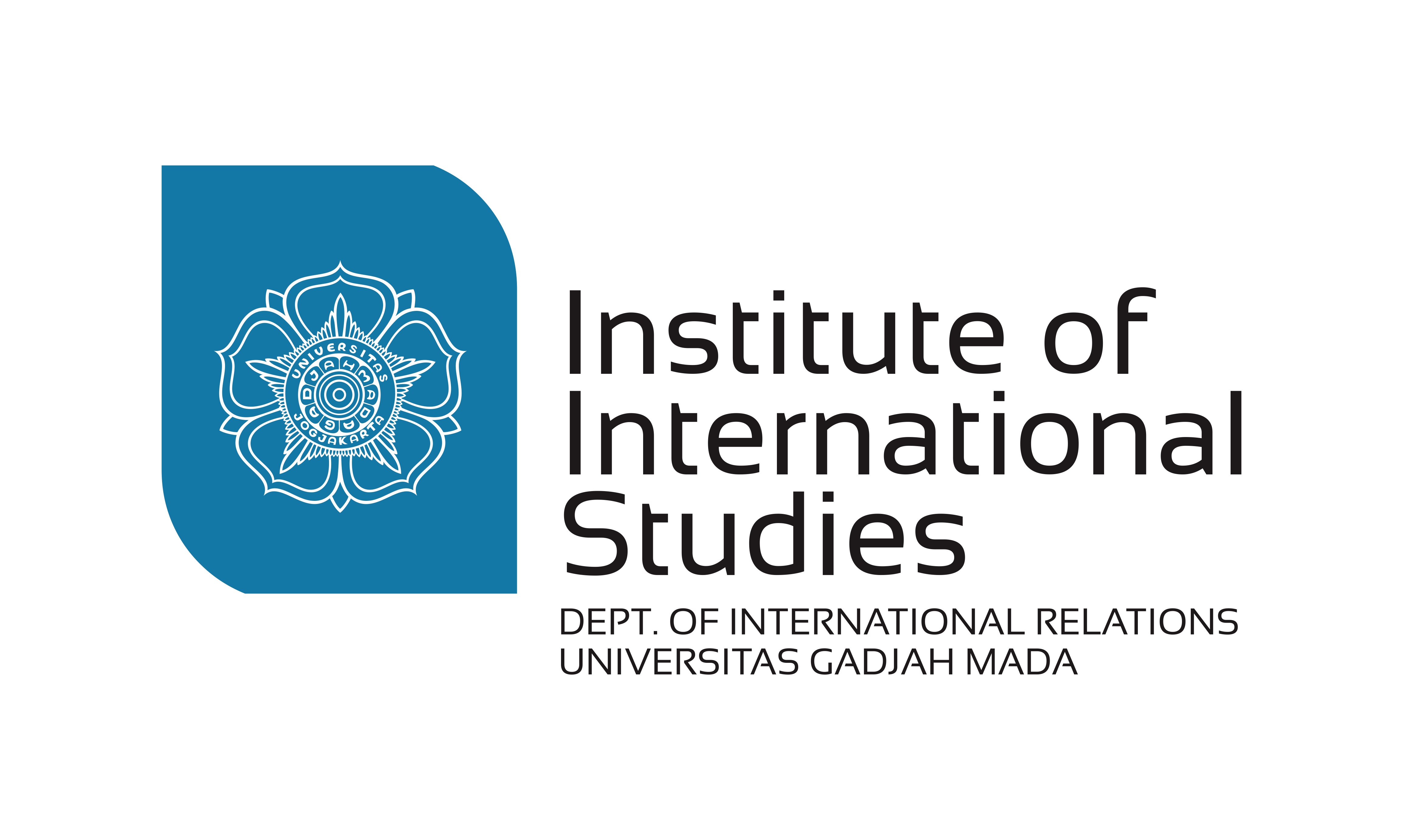[googlepdf url=”https://iis.fisipol.ugm.ac.id/wp-content/uploads/sites/720/2025/08/MR-4-August_compressed.pdf” download=”Download” width=”100%” height=”600″]
Publication
[googlepdf url=”https://iis.fisipol.ugm.ac.id/wp-content/uploads/sites/720/2025/08/Commentaries-Prabowo-Summit-Diplomacy.pdf” download=”Download” width=”100%” height=”600″]
[googlepdf url=”https://iis.fisipol.ugm.ac.id/wp-content/uploads/sites/720/2025/08/Commentaries-Nuklir-80th.pdf” download=”Download” width=”100%” height=”600″]
[googlepdf url=”https://iis.fisipol.ugm.ac.id/wp-content/uploads/sites/720/2025/08/MR-3-July.pdf” download=”Download” width=”100%” height=”600″]
[googlepdf url=”https://iis.fisipol.ugm.ac.id/wp-content/uploads/sites/720/2025/07/Commentaries-Nuklir.pdf” download=”Download” width=”100%” height=”600″]
[googlepdf url=”https://iis.fisipol.ugm.ac.id/wp-content/uploads/sites/720/2025/06/MR-June.pdf” download=”Download” width=”100%” height=”600″]
[googlepdf url=”https://iis.fisipol.ugm.ac.id/wp-content/uploads/sites/720/2025/06/MR-May.pdf” download=”Download” width=”100%” height=”600″]
[googlepdf url=”https://iis.fisipol.ugm.ac.id/wp-content/uploads/sites/720/2025/05/IIS-Brief_Issue-2.pdf” download=”Download” width=”100%” height=”600″]
[googlepdf url=”https://iis.fisipol.ugm.ac.id/wp-content/uploads/sites/720/2025/04/FR-90.pdf” download=”Download” width=”100%” height=”600″]
[googlepdf url=”https://iis.fisipol.ugm.ac.id/wp-content/uploads/sites/720/2025/03/FR-89.pdf” download=”Download” width=”100%” height=”600″]




